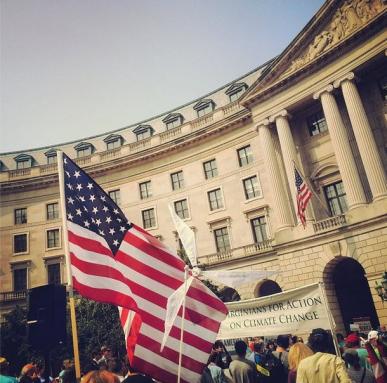On January 21, 2016, the U.S. Court of Appeals for the District of Columbia Circuit denied numerous requests to delay implementation of the EPA’s Clean Power Plan.
CAA
Clean Power Plan Litigation Update–Court Denies Stay, But Sets Expedited Schedule For Decision
By Jeffery Dennis | Akin Gump Strauss Hauer & Feld LLPSign up and get Breaking Energy news in your inbox.
We will never sell or share your information without your consent. See our privacy policy.When the Environmental Protection Agency issued the final rules for the Clean Power Plan in August 2015, it delayed the start of the interim compliance period by two years, to 2022. This reportedly was done to allow additional time to build the power and gas pipeline infrastructure that the energy industry says is needed to… Keep reading →
Energy Insights: An Update From The Third Quarter Of 2015
By Joshua Ditelburg, Robert Winner | Seyfarth Shaw LLPThree Obstacles to EPA’s O3 Rule: Industry Opposition, Implementation, and Congressional Oversight
By Matthew Morrison, Bryan Stockton | Pillsbury Winthrop Shaw Pittman LLPThe U.S. Environmental Protection Agency (EPA) recently proposed revising the national air quality standard for ozone, the key pollutant in smog and regional haze. EPA acknowledges that the rule will cost billions of dollars each year to implement. Industry fears the additional regulatory costs, and environmentalists assert the rule does not restrict ozone enough. Select jurisdictions with high levels of background ozone, particularly Western states, will find it more difficult to reach attainment, and current mechanisms to account for naturally-occurring ozone spikes may prove inadequate. Republican leaders in the House and Senate have signaled their intention to oppose the rule in legislation. The EPA must navigate these complex issues as it prepares to finalize the rule by October 1, 2015.
A federal appeals court has rejected portions of revisions to EPA’s 2008 ozone rule that would delay compliance deadlines and revoke transportation conformity requirements. On December 23, 2014, the U.S. Court of Appeals for the District of Columbia Circuit vacated portions of the Environmental Protection Agency’s (EPA) 2008 National Ambient Air Quality Standards for ground-level ozone. The court… Keep reading →
The Supreme Court has agreed to consider whether EPA unreasonably refused to consider cost factors in its MATS rulemaking process. On November 25, 2014, the U.S. Supreme Court granted petitions to hear state and industry challenges against the Environmental Protection Agency’s (EPA) Mercury and Air Toxics Standards (MATS) to decide whether EPA unreasonably refused to… Keep reading →





